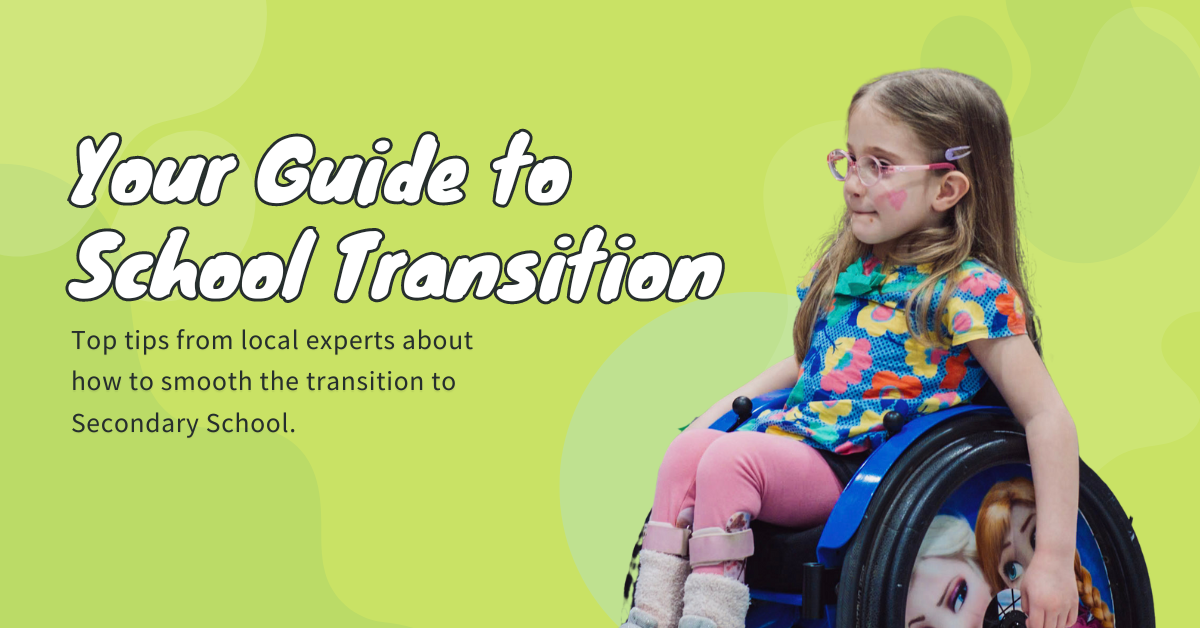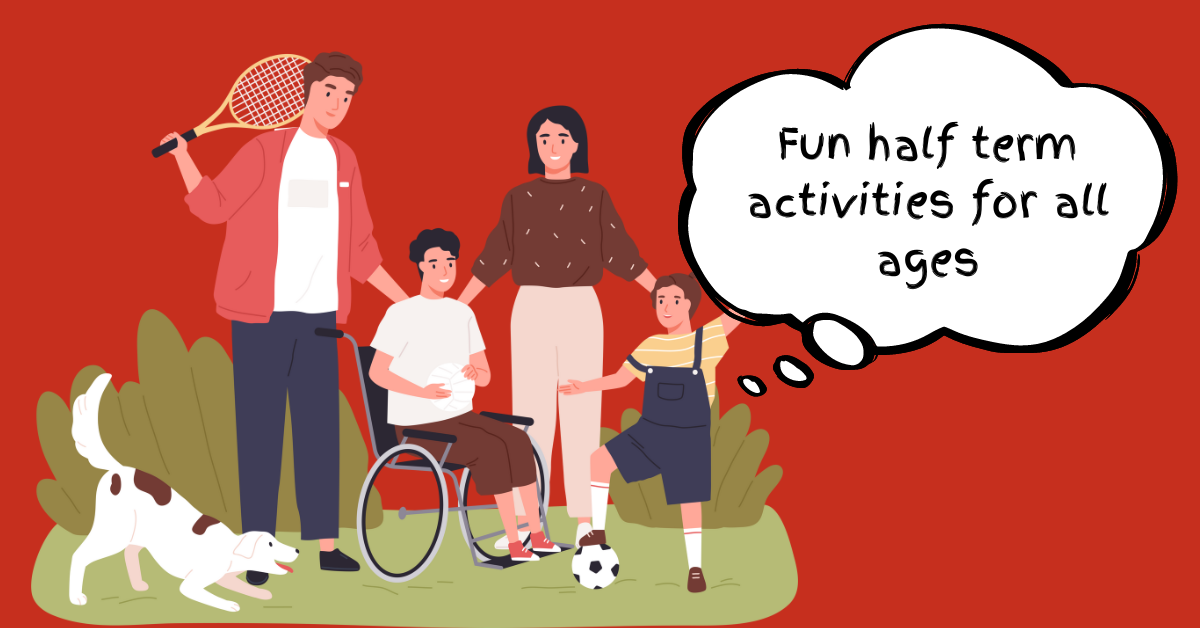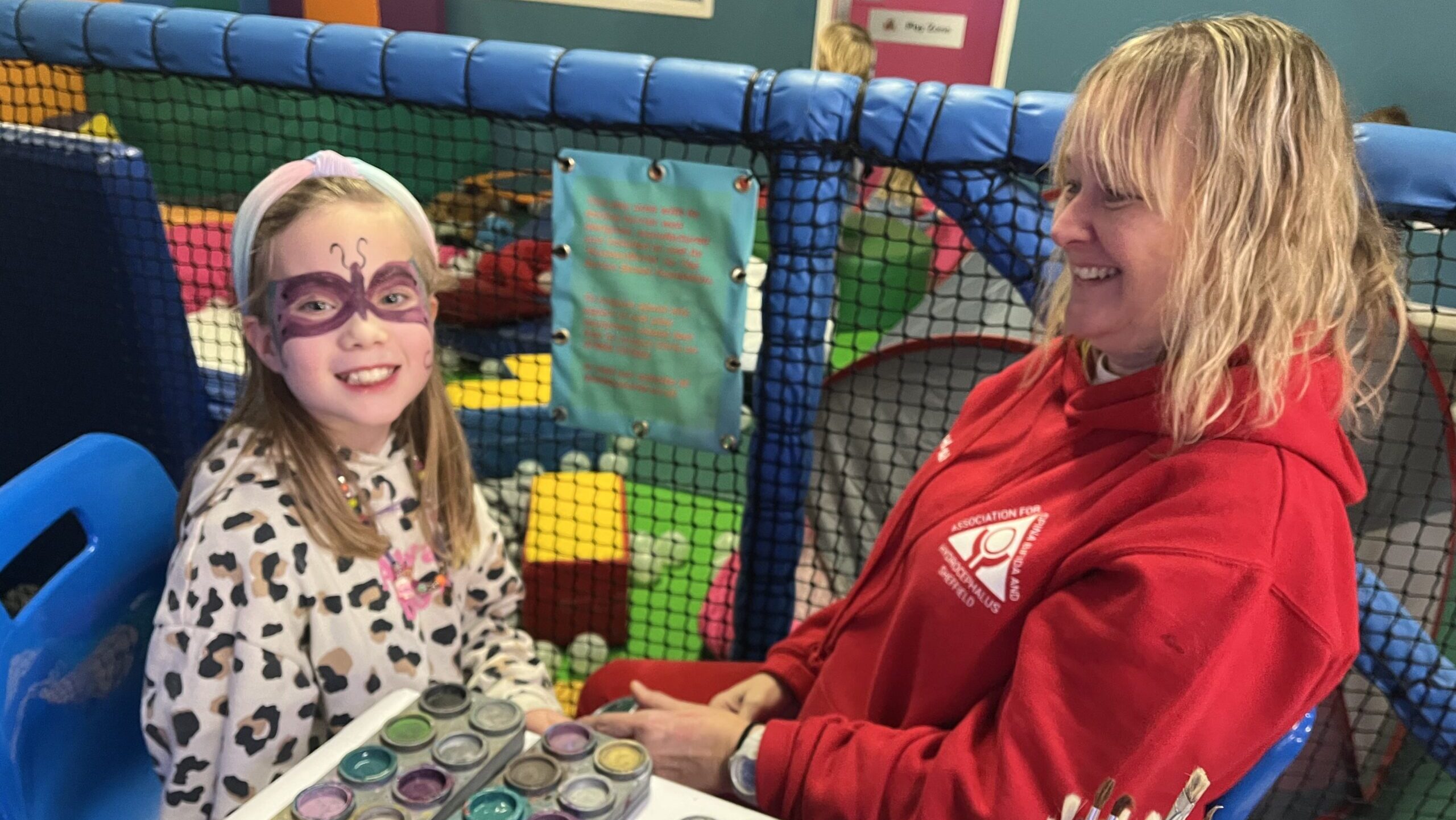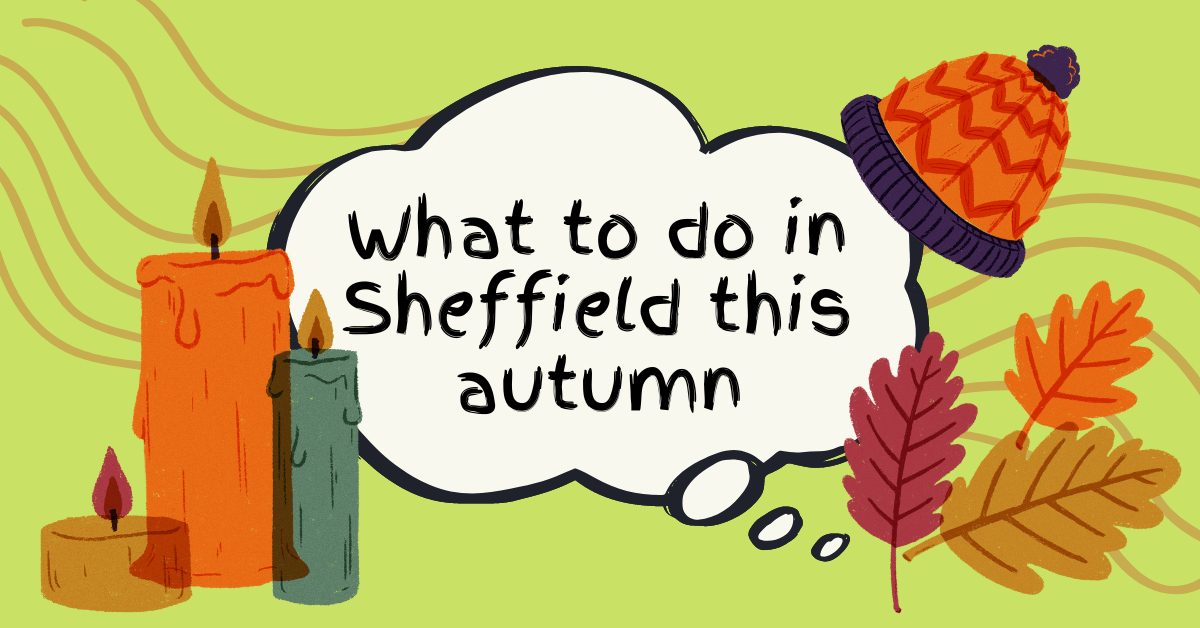February half term is a tricky one. Most people don't go on holiday and the…

How to Smooth the Transition to Secondary School
The transition to a new school is a huge milestone when your child has Special Educational Needs (SEN). There’s just so much to think about. Which school should they go to? How will they get there? Will they adapt to my child’s individual needs? It’s hard not to feel completely overwhelmed.
Let this post be your starting point. We’ve gathered advice from our resident experts to guide you through the process. Grab a notebook, pen and a cup of tea. We’ve got this.
1. Find the right place
Start looking for a school a year in advance to give yourself time to check out all of the options. Some places may want an application in before your child starts Year 6, so make sure you know what your local school admissions process is. This process may be different if your child has an Education, Health and Care Plan (EHCP).

Talk to your child about what their ideal school would be like. Make a list of all the school options in your area and visit as many as possible. Then, you can form a shortlist of schools to discuss with your child. This process should help you to decide where to apply to.
Make sure to gather lots of evidence of your child’s needs to support your application.
2. Prepare for a new start
Once you’ve chosen a school, discuss an appropriate SEN transition plan with the school and your child. Request the maximum level of support at the start of a new school placement with a view to adapting or reducing the support if it is not required.
Parents, we know you know this, but good communication is key. Communicate well with your school in order to build a good relationship. A good relationship will result in good outcomes for your child.

Give your child the opportunity to visit their new school as much as possible. Look into extracurricular activities that take place within the school. Take photos on your school visits. Make an ‘All about my New School’ booklet with photos to look at and discuss regularly.
Secondary School is the time to start teaching your child to advocate for themselves (if you haven’t already). Help them to understand their condition so that they can explain it to new people they meet. Young people need to know how to keep themselves healthy, safe and supported as they grow up and become adults.
3. Work with the school
There’s a duty on schools to ‘make reasonable adjustments’ where pupils with disabilities are placed at a ‘substantial disadvantage’. These adjustments should be planned well ahead of your child attending a school or transitioning to a new setting.
Therefore, new schools need to be reading your pupil profile, relevant reports and supporting documents, provision maps, SEN Support plan or EHCP. They can arrange meetings and talks with parents and carers, and other key professionals. New teachers can observe your child in their current school before they join the new setting.

Parents (and SHASBAH) can assist with staff briefing and training. Your current school should also be sharing information about the implications of your child’s disability in a school setting.
4. SHASBAH can help
Hopefully, you now feel more able to tackle the transition process. But you don’t have to do it alone. We’re here for you at every stage along the way. For example, we can help you with:
- Putting together your supporting documents
- Staff training about Spina Bifida and Hydrocephalus
- Filling out paperwork
- Creating pupil passports
Whatever your request, please ask us and we’ll see what we can do for you. Send us an email at info@shasbah.co.uk.




